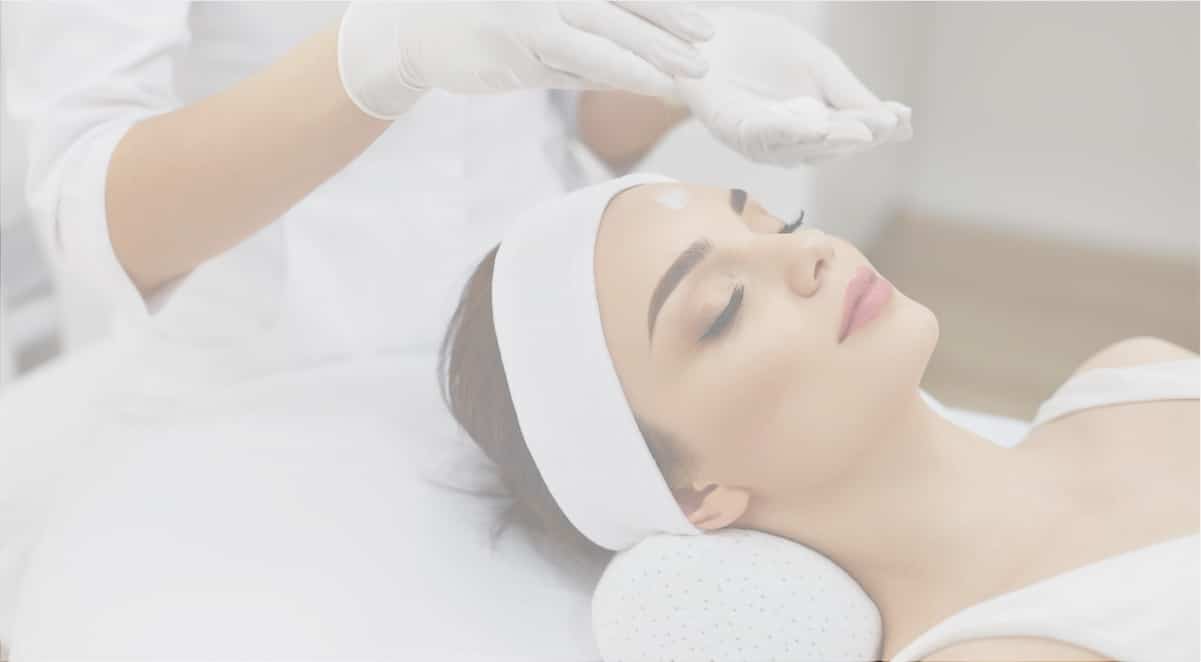
A group of viral infections that cause sores on the mouth (oral herpes) or genitals (genital herpes). There are two types of Herpes Simplex Virus:
Herpes Simplex Virus Type 1 is the most common form of herpes that affects most people at least once during childhood. It is passed from person-to-person through contact with saliva. It is responsible for the formation of cold sores (fever blisters) and canker sores around the mouth and lips. It may also cause an enlargement of lymph nodes in the neck. Generally, this type of herpes does not need any treatment however, oral medications to treat are available. It will disappear on its own in seven to ten days.
Herpes Simplex Virus Type 2 is sexually transmitted either to the genital area or mouth. About one in five adults in the U.S. has this form of the herpes virus, although many people don’t know they have it. The infection is characterized by sores that look like small pimples or blisters, which break open quickly and ooze fluid. This is followed by a period of crusting over and scabbing until the lesions finally heal, which can take up to four weeks. The infection spreads to areas of skin that come into contact with secretions from the blisters. The lesions most frequently appear on the vagina, vulva, penis, scrotum testicles, thighs or buttocks. They may be accompanied by a fever, swollen glands, headache or painful urination. Many people with genital herpes experience sensations of itching, tingling, burning or pain in areas where lesions will develop.
Genital herpes is diagnosed through a viral culture test of the blister fluid from a lesion and blood tests. There is no known cure. Treatment is designed to reduce pain and hasten healing and includes antiviral medications. For people with more severe, prolonged or frequent outbreaks, your dermatologist may prescribe a stronger antiviral drug.
On average, adults with genital herpes have about four or five outbreaks a year. The first outbreak is usually the most severe and more outbreaks occur the first year than any subsequent year. Generally, symptoms begin to appear about two weeks after transmission. The virus takes root in nerve cells, lying dormant until it re-emerges with another outbreak. Outbreaks are known to be triggered by stress, illness or excessive sunlight. It is important for people with genital herpes to avoid sexual contact during an active outbreak to reduce the risk of passing the infection on to a sex partner. However, herpes simplex virus type 2 can be transmitted a few days before the appearance of any lesions. That is why people with this infection are encouraged to practice safe sex and use condoms at all times.
If you are interested in an evaluation by one of our board certified medical dermatologists, use this link to Contact Us.